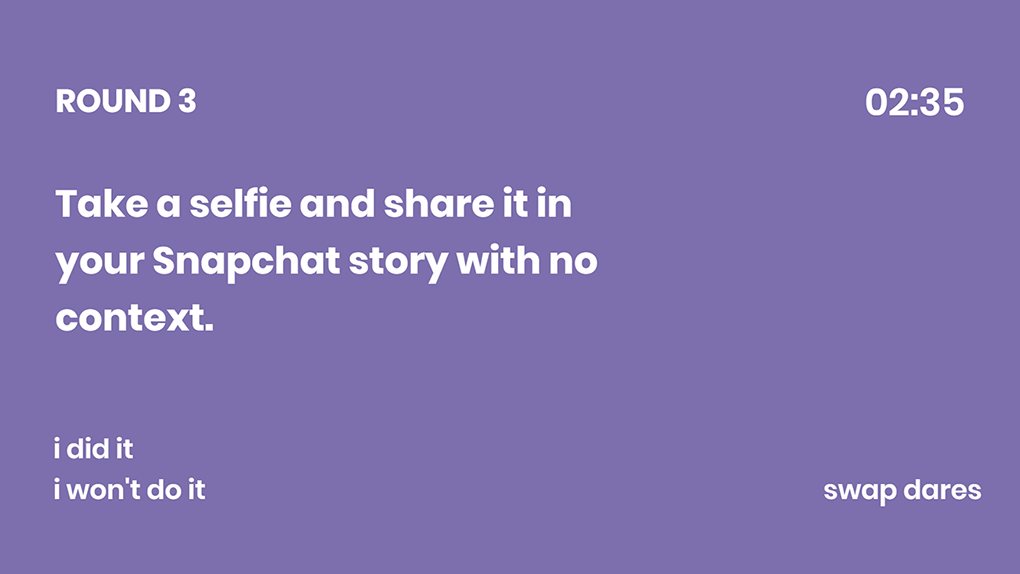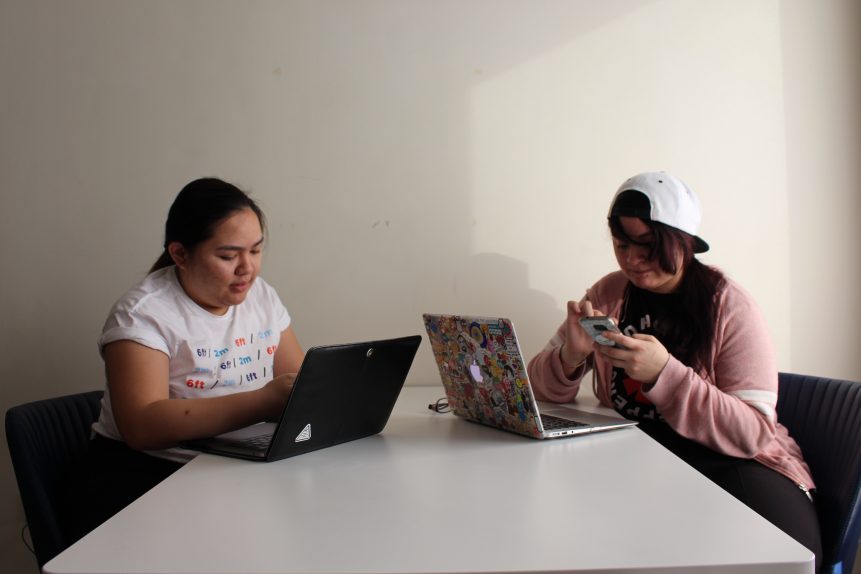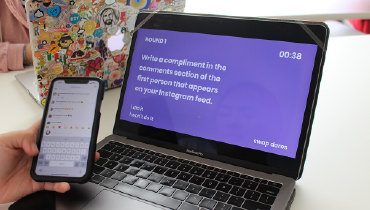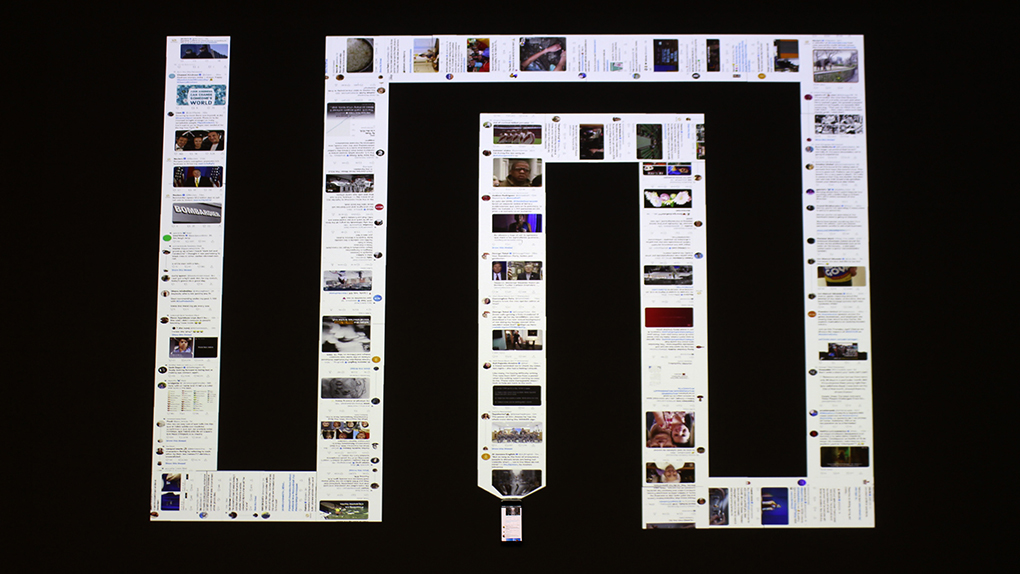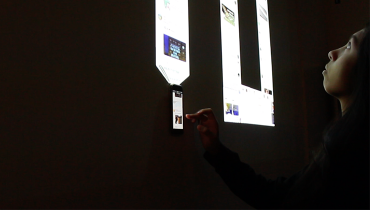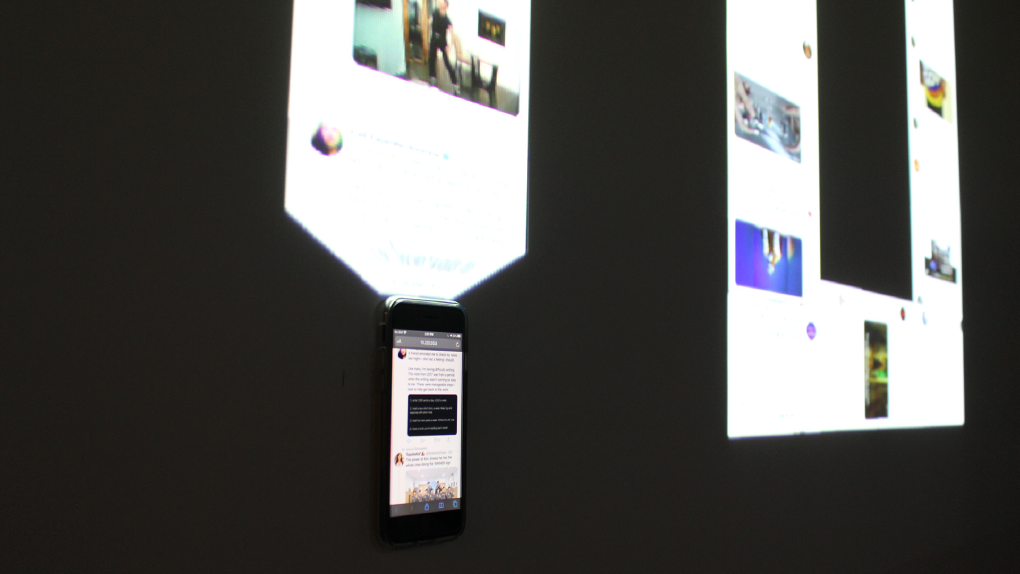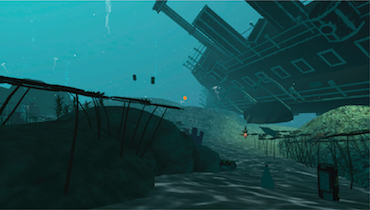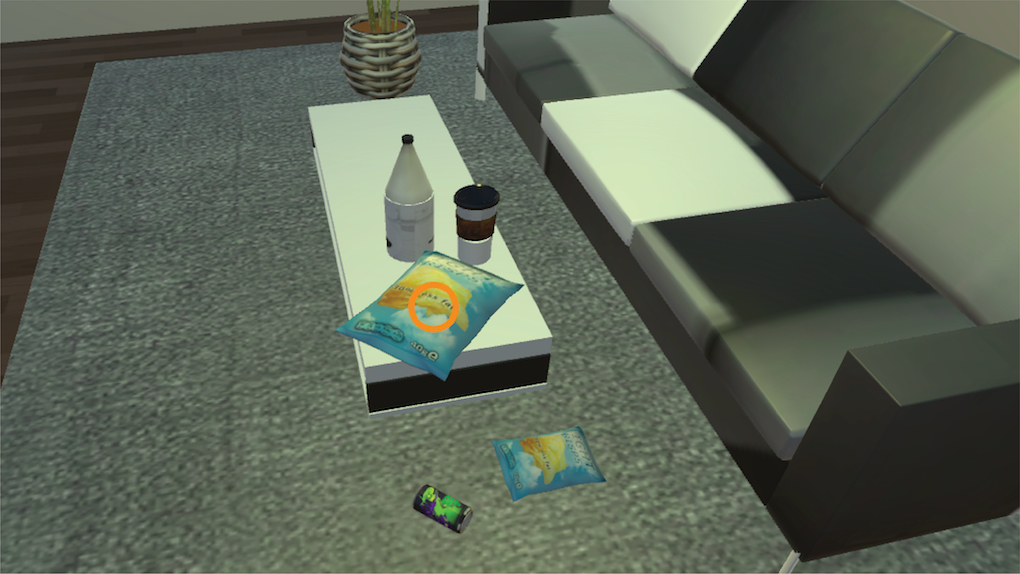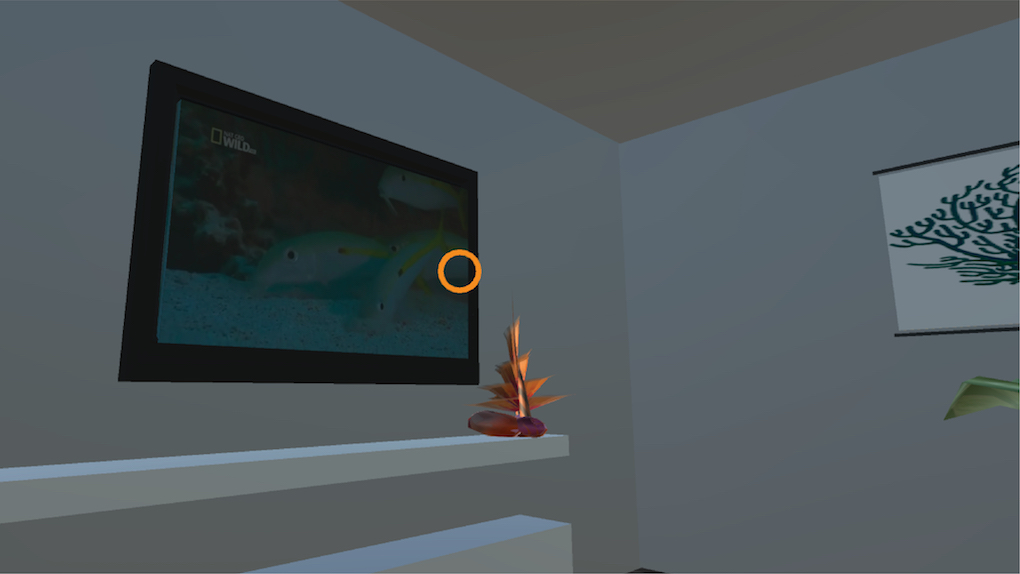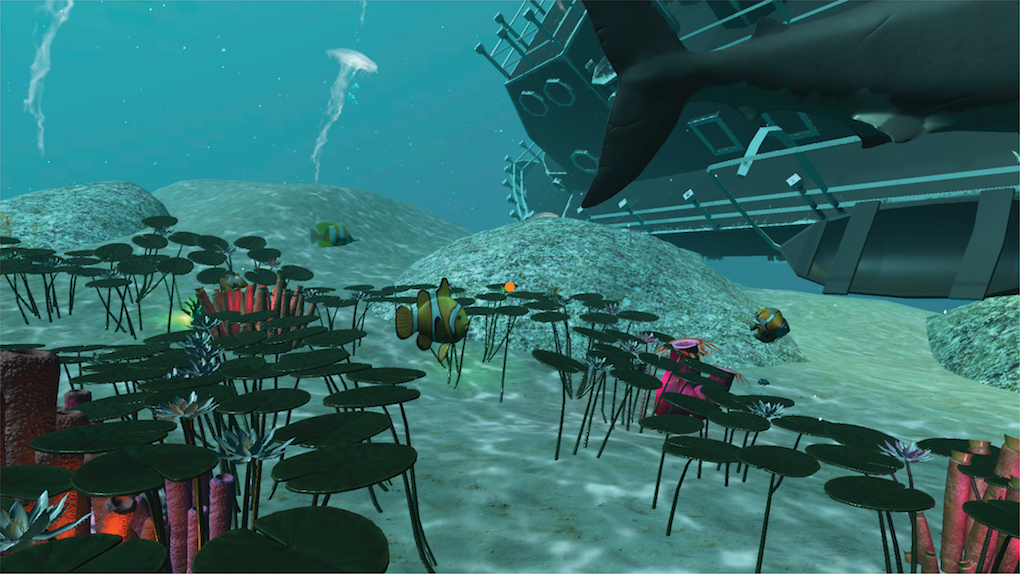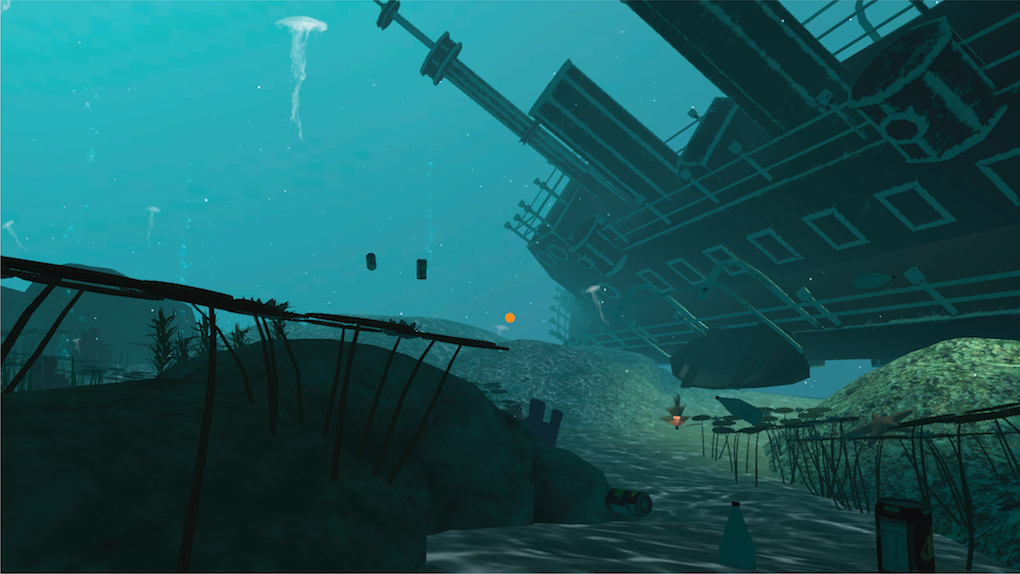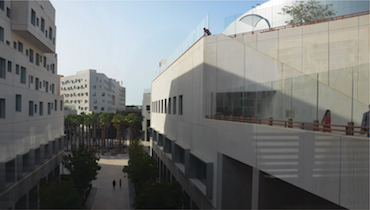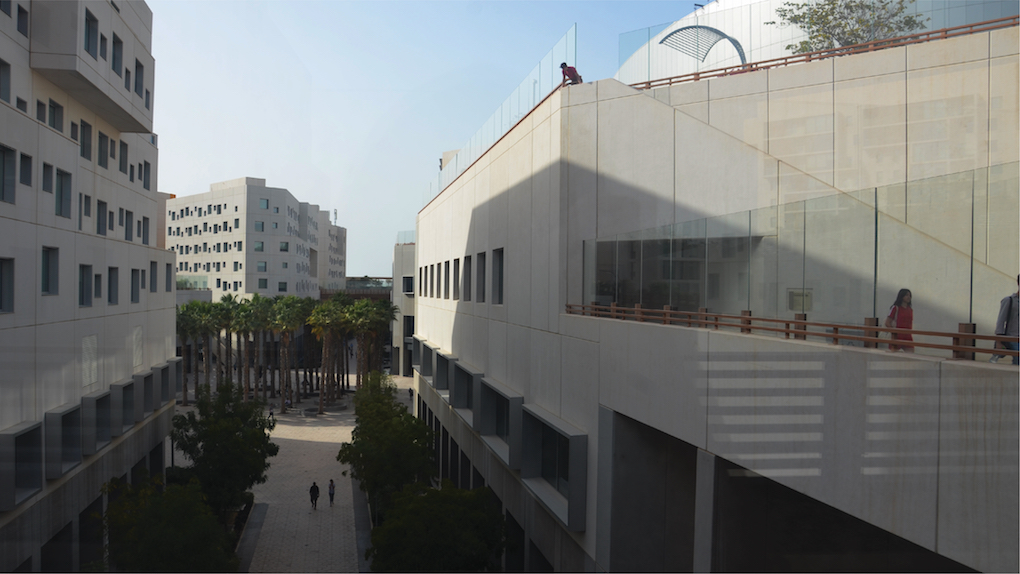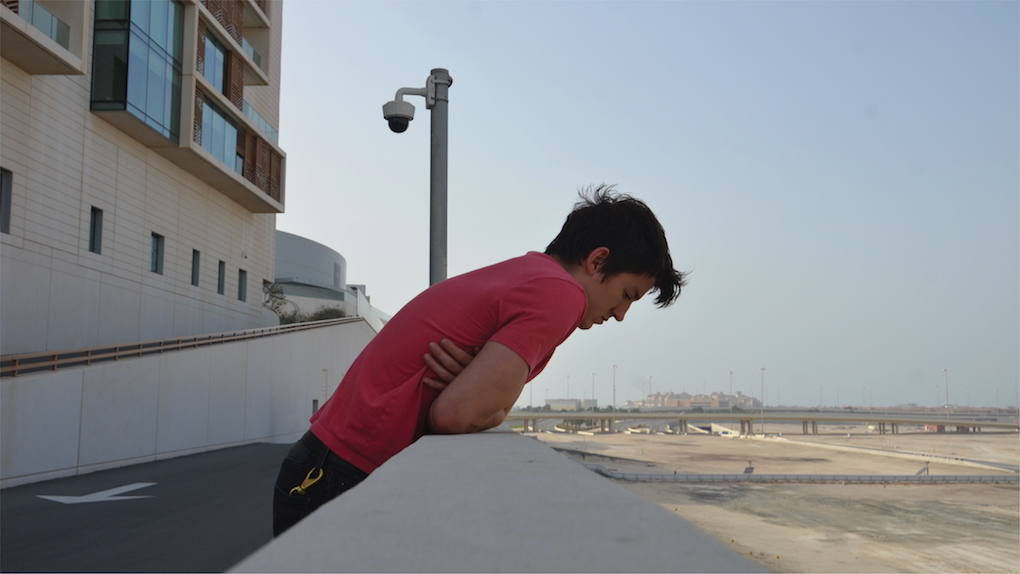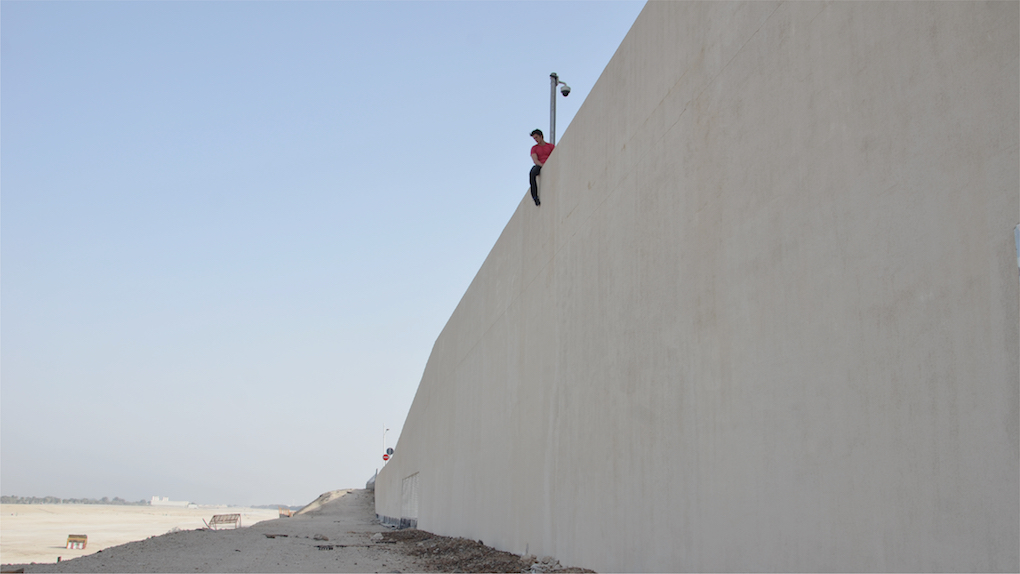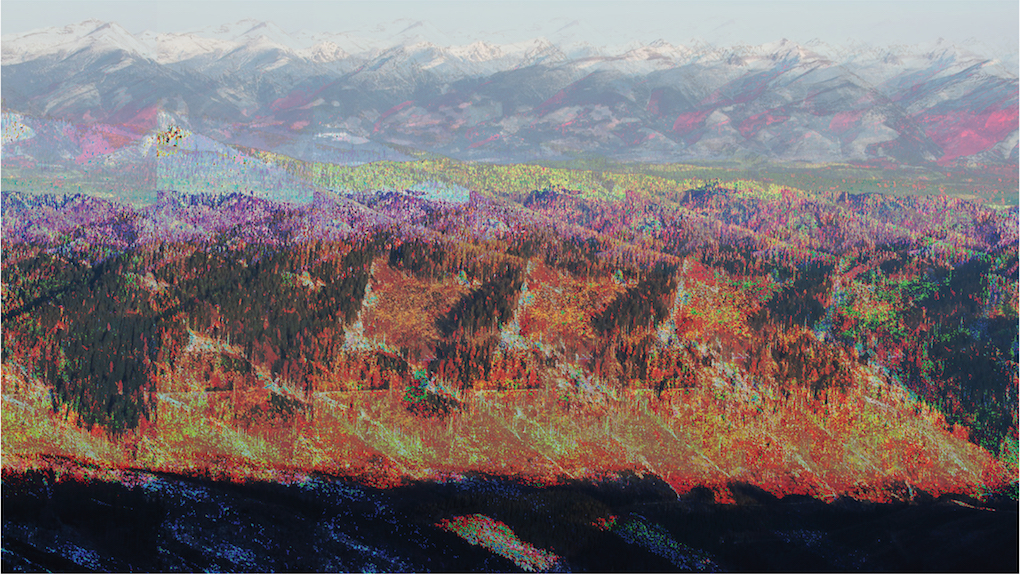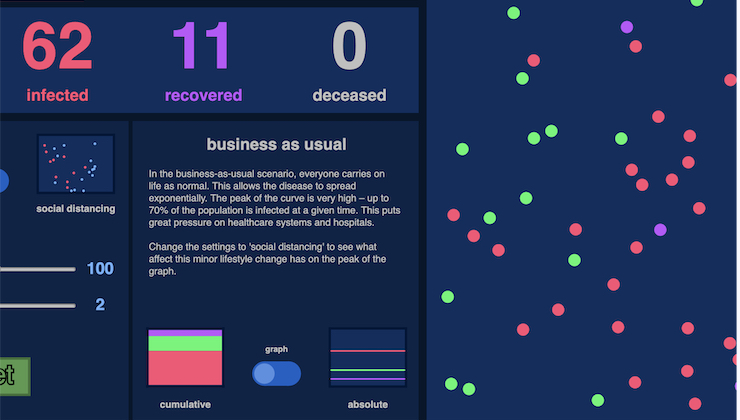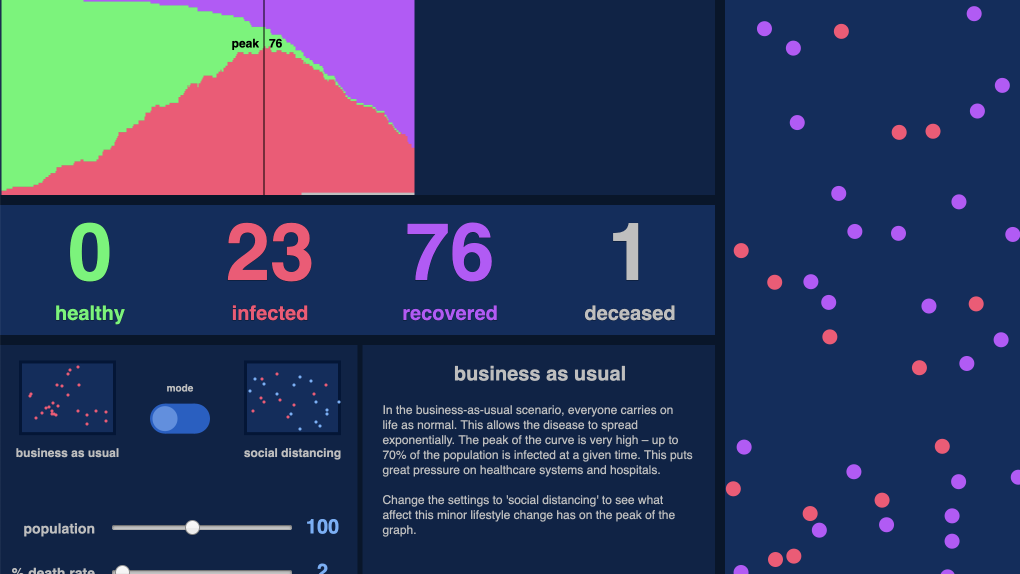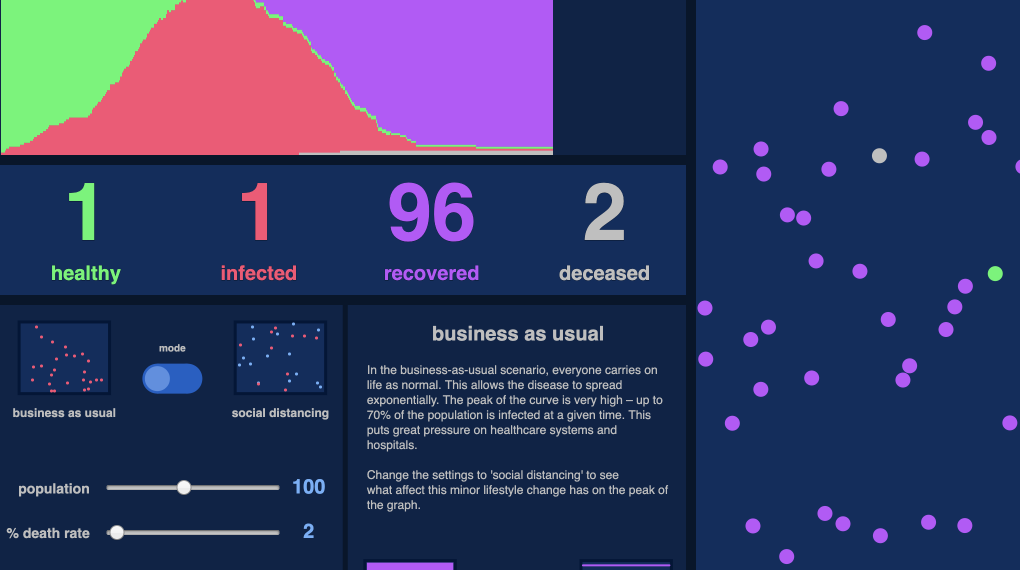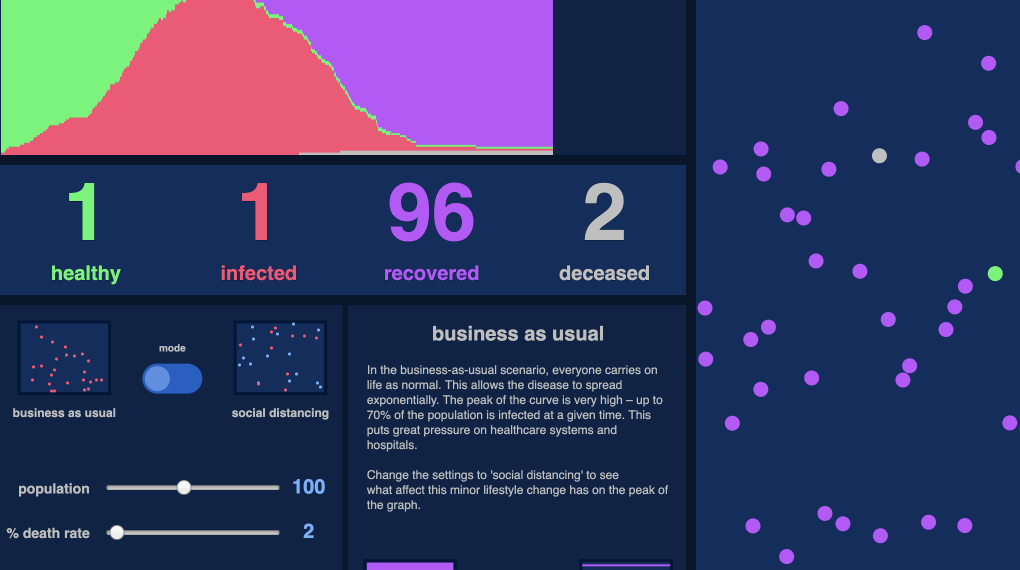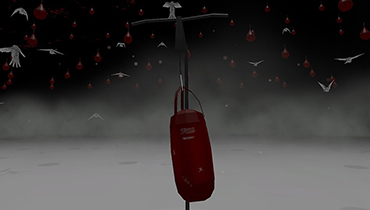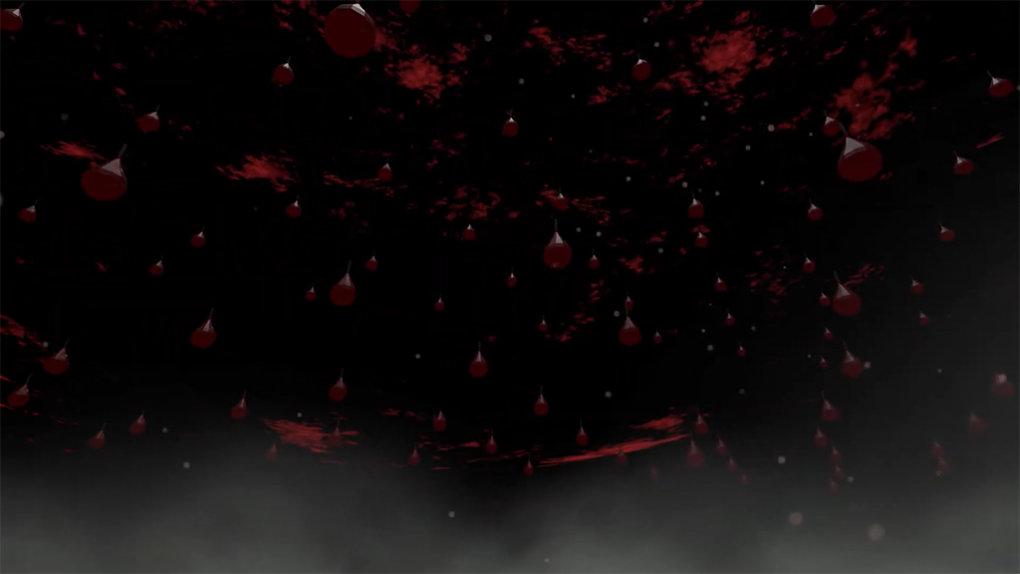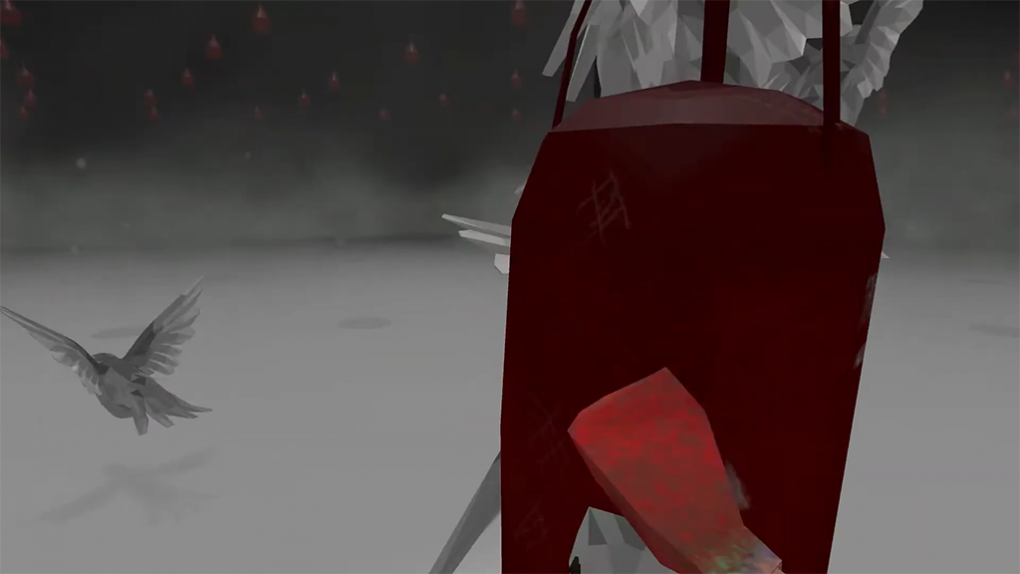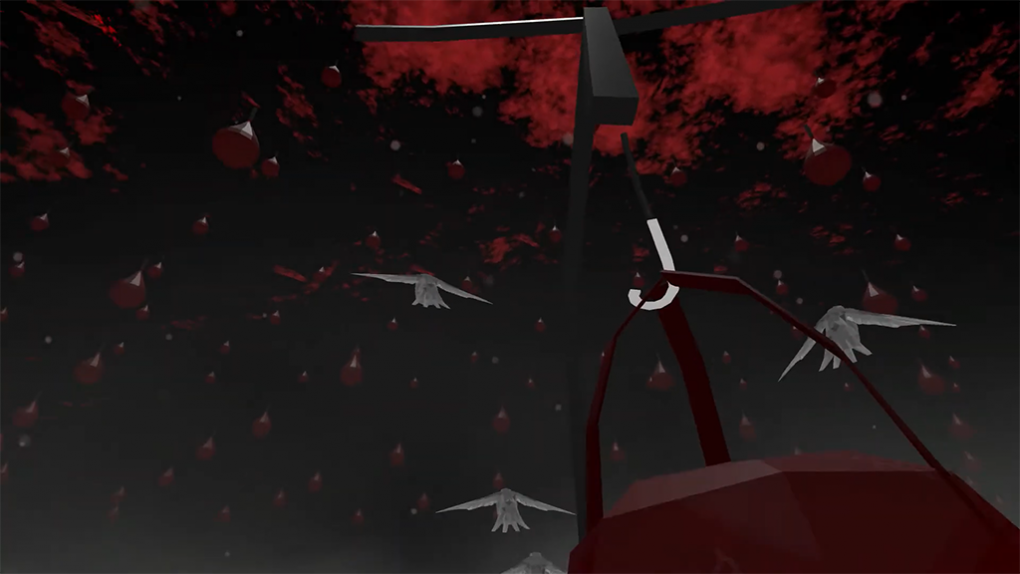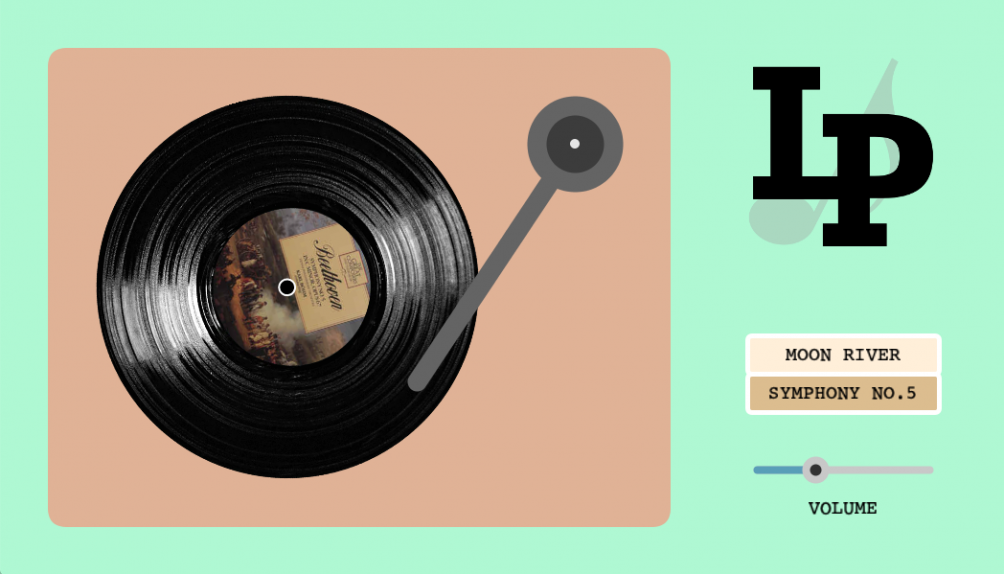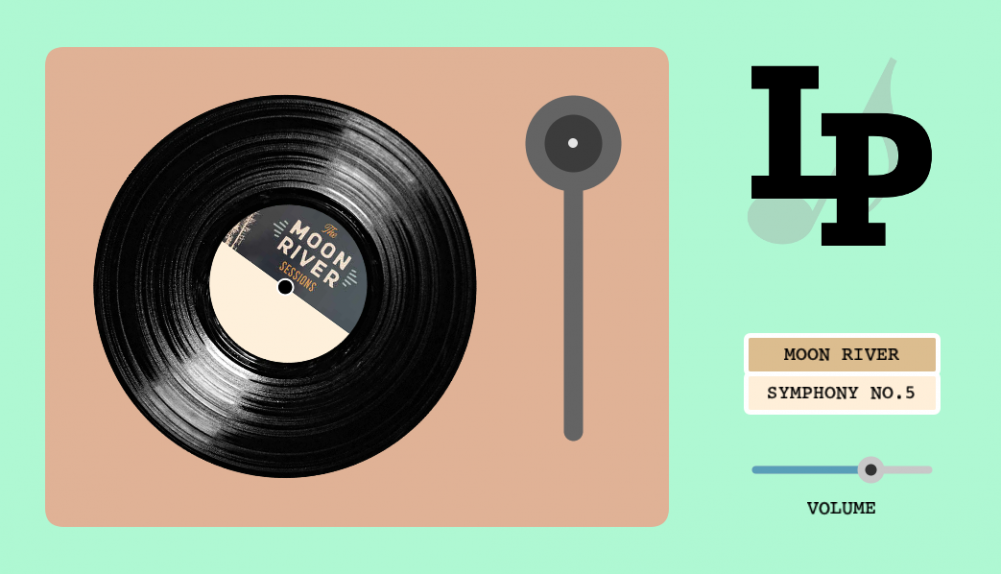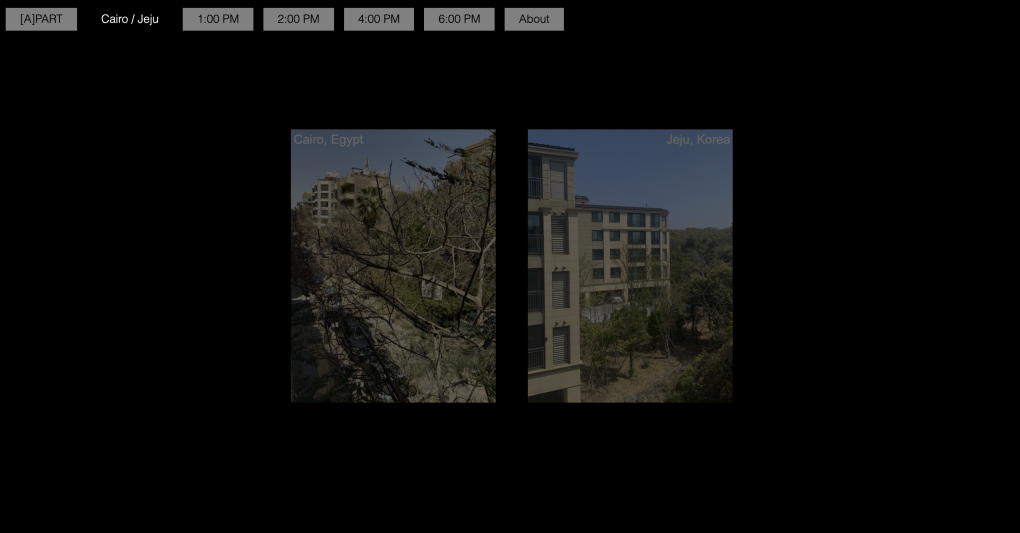This Daring Game is a 2 player experience that challenges users to complete dares of increasing difficulty in their social media accounts to invite people to reconsider their attachment to their online personas.
Maria Calderon
Description
The Social Media Daring Game is a two-player experience that challenges users to complete dares of increasing difficulty in their social media accounts. By challenging people to do a series of dares, this experience invites them to reconsider their attachment to their online personas and also have a sense of how these have the potential to unconsciously frame their perception of themselves. The experience starts with players being asked to submit which social media platforms they use in order to give each user dares that correspond with these. Once the game starts, players are then challenged to fulfill three rounds of dares, starting in the first round with low-risk dares which then increase in difficulty each round. Along with trying to complete three dares under a set amount of time, users also have the choice to swap dares with each other or give up. At the end, players are given a reward depending on the number of dares they complete. Initially, the reward was meant to be a series of stickers with the phrase “I share, therefore I am”, which for me encompasses the sheer influence that social media has had in our society.

